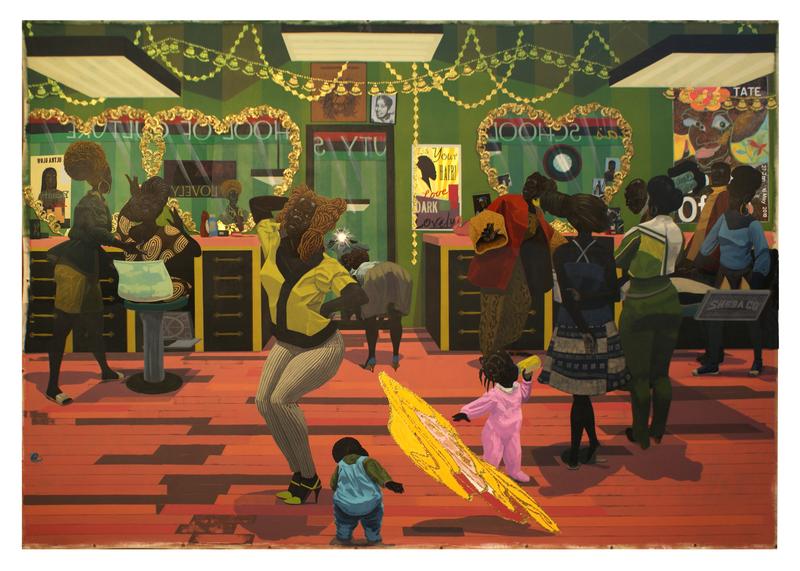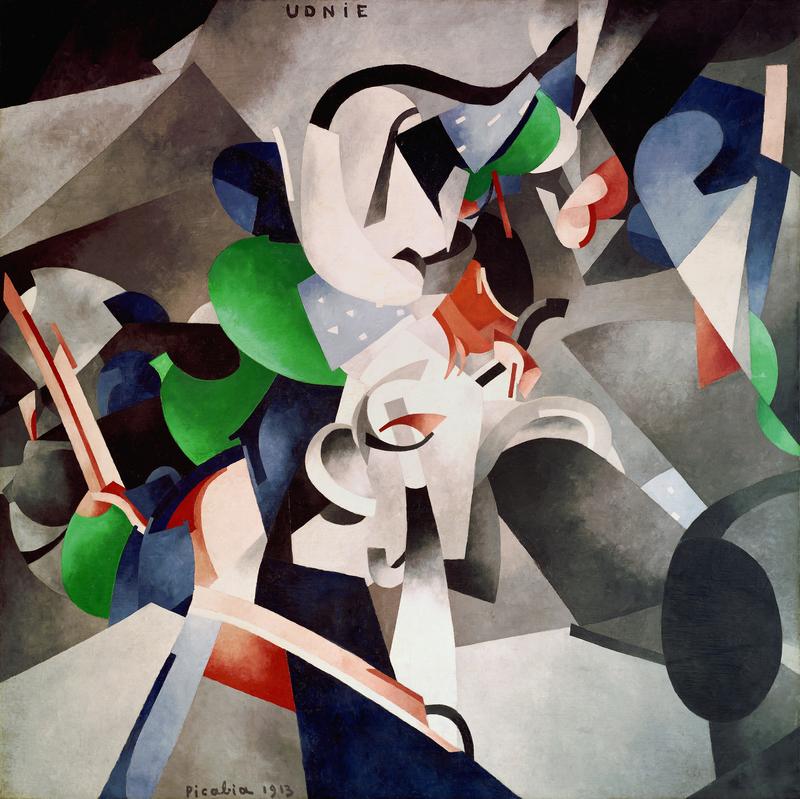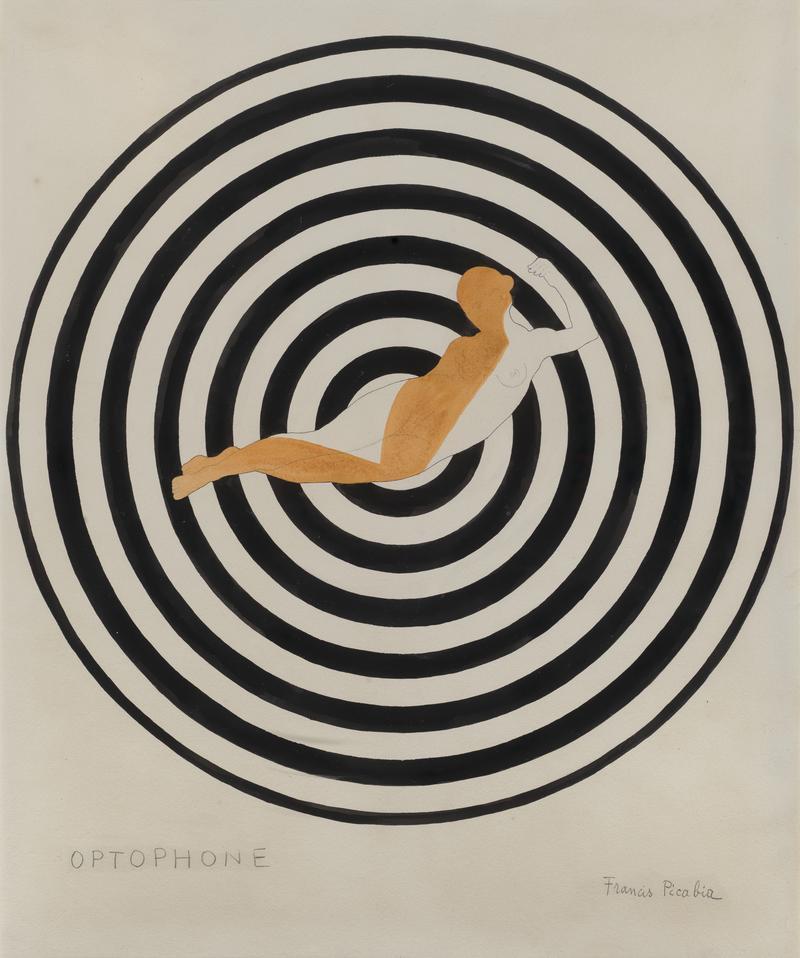To understand “Ale-ugh-ories,” Nicole Eisenman’s winning exhibition at the New Museum, it helps to be versed in the history of The Thing. I refer to the Marvel comic-book hero, the one whose skin is composed from orange rocks and whose elephantine muscles make him a forerunner of the steroid-assisted baseball players of the ‘90s.
The Thing, as it turns out, is the protagonist of Eisenman’s frankly emotional painting,“From Success to Obscurity” (2004). She depicts him as a solitary figure, standing against a pale green ground and reading a letter that begins, “Dear Obscurity.” He looks vulnerable, his blue eyes registering fear.
Clearly, the news contained in the letter is not auspicious. Perhaps he has lost a job in the superhero kingdom and is facing the common woes of unemployment. Or perhaps he is intended as a symbol of of the artistic life, which unfolds in a marketplace that creates art stars and drops them in short order.
At any rate, Eisenman is an abundantly gifted painter whose surfaces reward careful looking. She paints The Thing as if his body were a beautiful patchwork quilt. In the place of his usual orange-rock skin, she has turned each stone in his armor into its own abstract painting, a mini-Albers, with concentric squares of color. A preponderance of blues, turquoises and ochres evoke Cezanne’s views of the south of France.
Now 51 and based in Brooklyn, Ms. Eisenman is one of our leading figurative painters. She belongs to a generation of mix masters who cull their sources from cartoons and Renaissance paintings alike and act as if the line separating high art from popular culture no longer exists.
The New Museum show is Eisenman’s first retrospective in New York and favors her political allegories. The large-scale painting “Coping” (2008) shows a quaint, Brueghel-like village whose streets are overflowing with a mysterious sludge-like substance, perhaps the result of a nuclear accident.
In “Tea Party,” three right-wingers and Uncle Sam are up to no good in an underground bunker, whose ceiling-high metal shelves form a geometric grid. You can say that a Mondrian is hovering in the background. But whatever abstractions it evokes are quashed by some nine cans of Bumble Bee tuna sitting on the shelf. They are rendered so clearly they amount to comical touch, a nod to the American love of product placement.
“Ale-ugh-ories” remains on view at the New Museum through June 26, 2016.




































